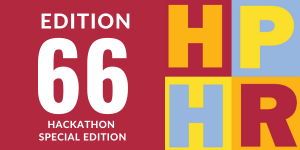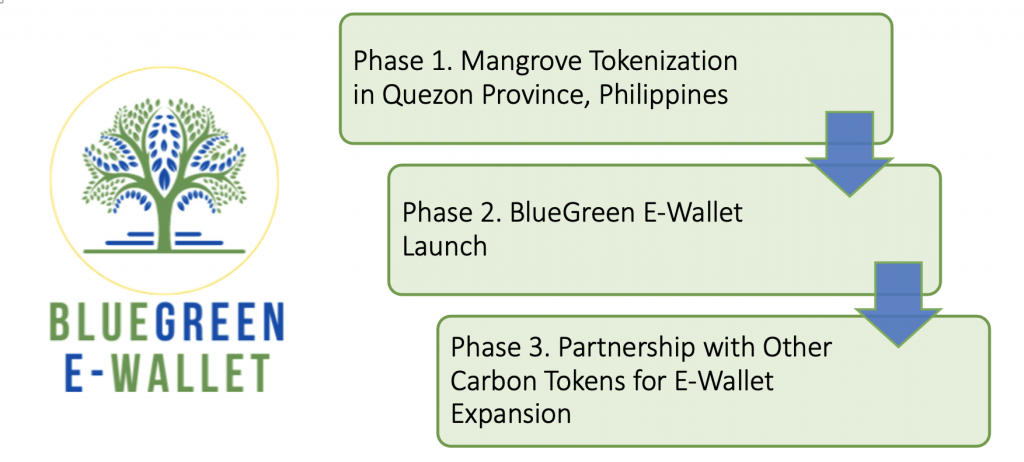Creating a handy wallet, stored on mobile phones, which allow for the trading of these carbon tokens, can address this.
This project envisions three phases:
First, the tokenization of mangroves in underserved coastal communities in Quezon, Philippines;
Second, the launch of an e-wallet which allows users easy access to these electronic assets for trade or for use, and;
Third, the gradual integration of mangrove tokens along with other carbon and environmental tokens into a single platform to encourage easier trading.
First, why mangroves?
Mangroves provide myriad benefits, including environmental, safety and economic value.13 It increases biodiversity, as well as protect coastal communities, traditionally underserved especially in developing countries.
Protection of mangroves through tokenization directly contributes to several UN Sustainable Development Goals (SDGs), including SDG 11: Sustainable Cities and Communities, SDG 12: Responsible Consumption and Production, SDG 13: Climate Action, SDG 14: Life Below Water, and SDG 15: Life on Land.14Mangrove protection also impacts other SDGs, considering that all of them are inherently connected and interreliant.
Second, why pilot the project in Quezon Province, Philippines?
After all, more than 30 countries are directly impacted by mangroves, including global economic leaders like the US, Australia and New Zealand, and developing population powerhouses like Brazil, India and Indonesia. They are part of a tight economic and environmental web around the world.15
The focus of the project proposal on Quezon Province lies in the fact that much attention has already been given to other areas. Cryptocurrency Mangrove DAO, for example, focuses on Myanmar; SeaTrees have projects in the US, Cambodia and Indonesia; Global Mangrove Trust’s Grove focused on India and greater Southeast Asia.16
In addition, a number of towns and villages along the coast of Quezon are in grave 17 This makes them high priority on the list of communities which require both preparation and protection from the consequences of natural calamities.
Tokenizing these mangroves gives the community, the local government and the investors economic incentives to protect them, to ensure that they grow and develop. This can serve as a catalyst towards expanding protected areas and encouraging forest growth in the coastal communities of Quezon Province.
A third question which can be asked pertains to the need to create an e-wallet.
This is answerable in two parts.
First, the creation of an e-wallet serves the purpose of longevity: it establishes the fact that this is not just a one-time project, but rather an investment in which the parties concerned can monitor its financial growth over time. This is in line with the concept of inclusive sustainable finance, allowing even individual, small-time investors to put their money into initiatives which are environmentally-friendly but at the same time yielding positive financial results.
And second, integrating other carbon tokens into the e-wallet through a particular blockchain technology yet to be identified can compound its environmental benefits. Creating a platform for more trade possibilities increases potential value of these tokens through network effects. This could, both in the short term and long term, contribute to the greater challenge of global carbon offsetting and battling climate change through inclusive sustainable finance.



